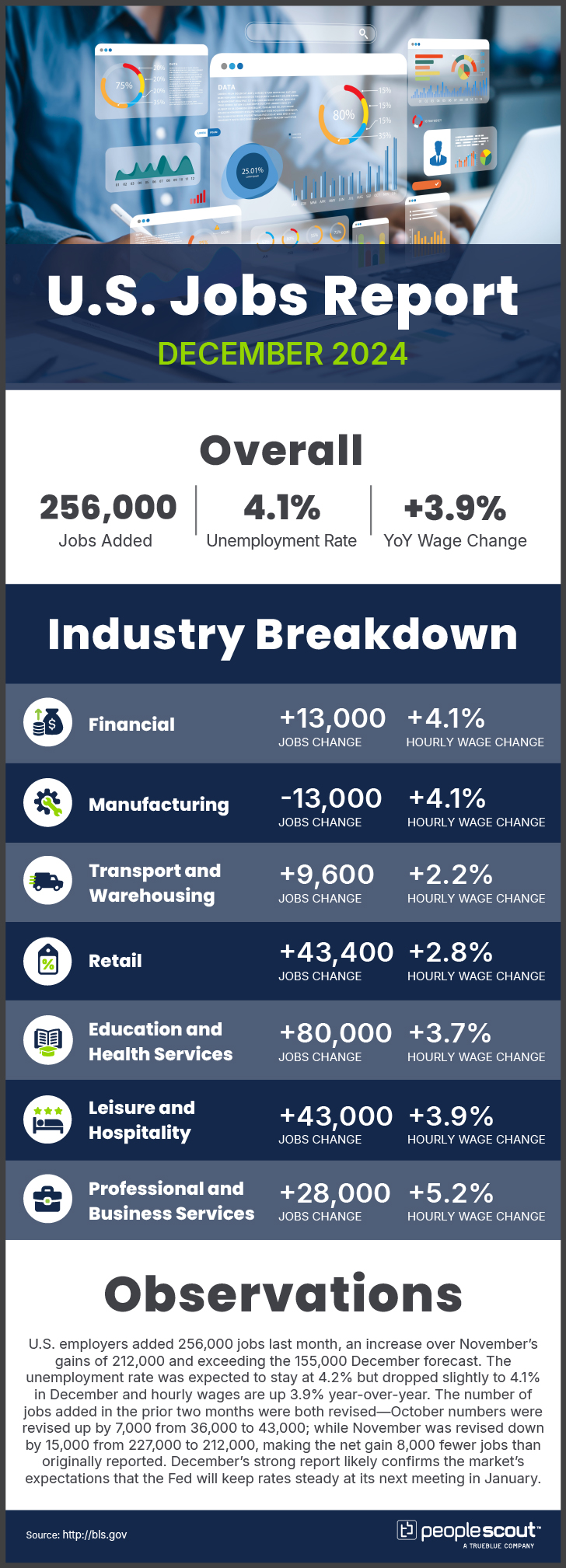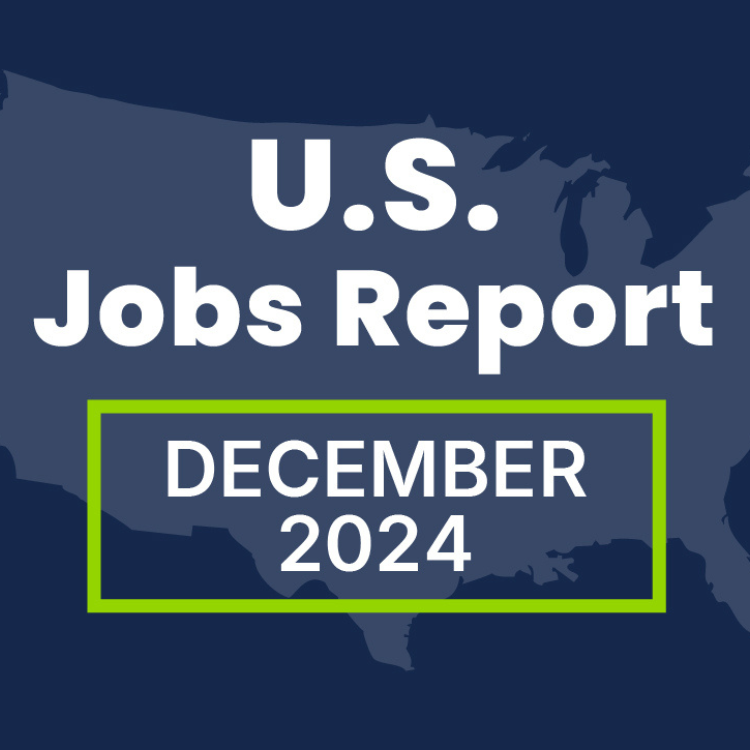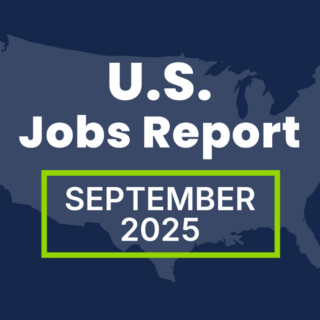U.S. employers added 256,000 jobs last month, an increase over November’s gains of 212,000 and exceeding the 155,000 December forecast. The unemployment rate was expected to stay at 4.2% but dropped slightly to 4.1% in December and hourly wages are up 3.9% year-over-year. The number of jobs added in the prior two months were both revised—October numbers were revised up by 7,000 from 36,000 to 43,000; while November was revised down by 15,000 from 227,000 to 212,000, making the net gain 8,000 fewer jobs than originally reported. December’s strong report likely confirms the market’s expectations that the Fed will keep rates steady at its next meeting in January.

The Numbers
- 256,000: U.S. employers added 256,000 jobs in December.
- 4.1%: The unemployment rate edged down to 4.1%.
- 3.9%: Wages rose 3.9% over the past year.
The Good
December closed out 2024 with surprisingly strong job growth, adding 256,000 jobs, significantly exceeding economists’ expectations of 155,000. The gains were broad-based, with particularly robust growth in healthcare (46,000), leisure and hospitality (43,000) and retail (43,000)—a notable turnaround for retail after November’s losses. The unemployment rate ticked down to 4.1%, and the broader measure of unemployment, which includes part-time workers seeking full-time work, improved to 7.5%. In a particularly encouraging sign, long-term unemployment declined for the first time in months, dropping to 1.55 million.
The Bad
Despite the positive headline numbers, labor force participation among prime-age workers (25-54) dipped to 83.4%, now half a percentage point below its peak from earlier in the year. Manufacturing continues to show weakness outside of specific sectors, and the duration of unemployment, while improving for the long-term unemployed, remains elevated at 23.7 weeks. And, wage growth, while solid at 3.9% year-over-year, came in slightly below expectations.
The Unknown
The December report raises questions about the Federal Reserve’s next move. Will the surprisingly strong job growth deter them from further interest rate cuts in 2025? The Fed will likely be watching inflation data closely in the coming months to assess whether the robust labor market is contributing to sustained price increases. Key questions remain about whether this surge represents a new trend or a temporary boost, and whether the job market can maintain its resilience in the face of potential policy changes.
Conclusion
The December 2024 jobs report delivered a strong finish to a year marked by uncertainty and volatility. The strong job gains, declining unemployment rate and improvement in long-term unemployment suggest the economy maintained significant momentum despite higher interest rates. However, some underlying trends, such as declining labor force participation and persistent wage growth, warrant attention. The Federal Reserve faces a challenging balancing act as it navigates a complex economic landscape in the year ahead.




